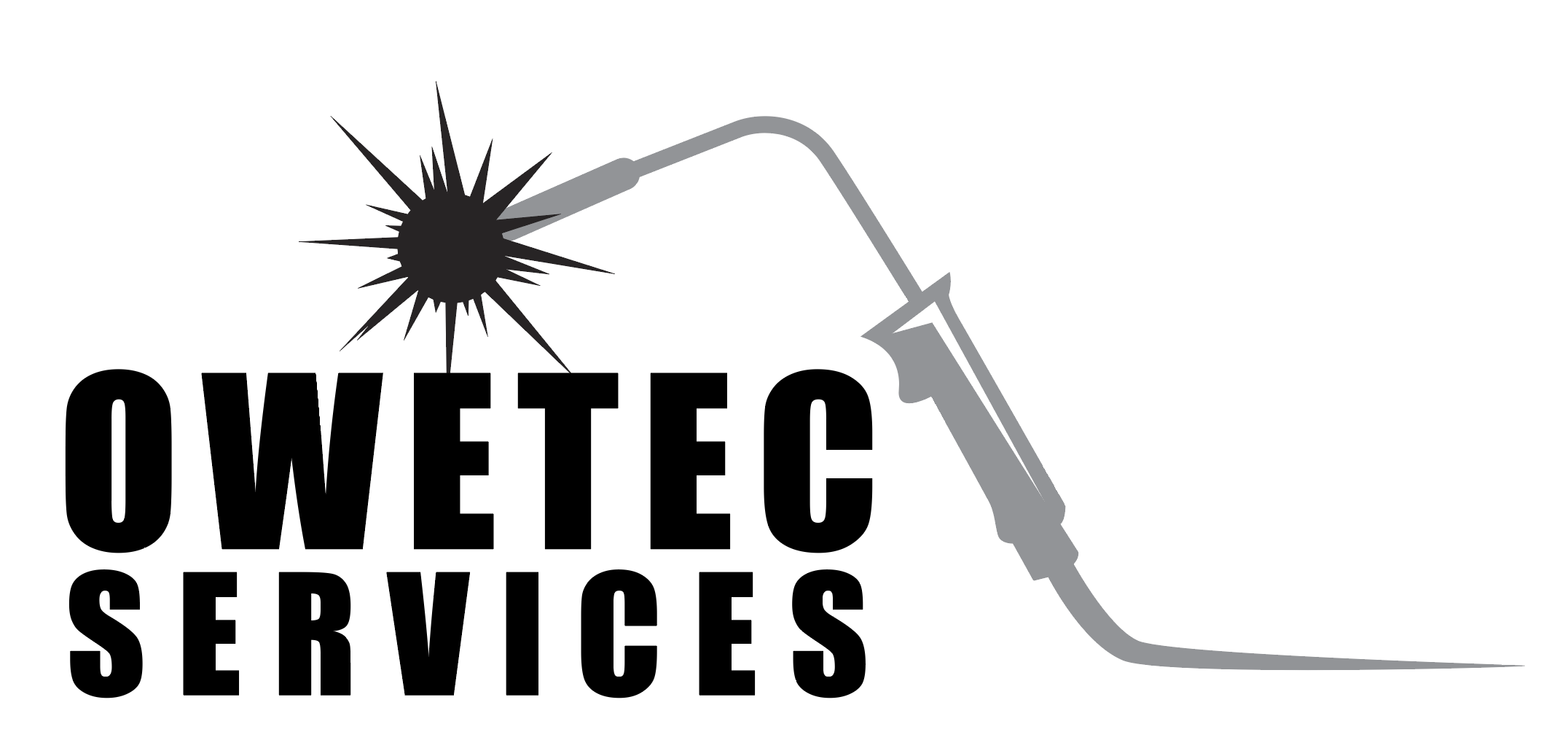The Orbital Welding Process
Utilizing manual welding skills for critical welding projects necessitates extensive technical training and experience. Despite this expertise, the manual process can lead to slower speeds, decreased productivity, and potential worker injuries. Additionally, any defects in the welds—such as those caused by welder fatigue—must be rectified. In contrast to the demands of manual welding, orbital welding presents a more efficient and productive alternative, as much of the work is carried out by an automated system.
Nevertheless, operators must implement best-practice techniques to achieve optimal results in orbital welding. This article will explore the essential techniques that distinguish the orbital welding process from other automated welding methods.
Orbital Welding Process: Essential Considerations
Orbital welding refers to a mechanized welding technique that enables a complete 360° rotation of the arc around a stationary workpiece. This method is particularly advantageous for pipes or tubes, where welding at various angles, positions, and clearances can pose challenges. The automated nature of this process ensures excellent control over parameters and repeatability, allowing operators to attain the highest quality weld in each cycle.
While automation is fundamental to orbital welding, the techniques involved may appear straightforward. For example, in tube welding applications, the operator may simply need to press a button to initiate the process. However, in the case of narrow groove welding, the technique relies heavily on the operator’s ability to monitor the molten puddle and make necessary adjustments to ensure the metal flows and fuses correctly.
Key techniques that enhance the efficiency and productivity of the orbital welding process include thorough weld preparation and diligent monitoring.
Weld Preparation
The preparation procedure directly influences the quality of the weld. This is especially important in the joint preparation of pipes or tubes. From basic steps like removing grease and rust to machining the parts to create an appropriate groove, weld preparation allows orbital welding to produce a more refined result. Some essential preparation techniques may include:
|
Weld Preparation |
||
|
Process |
Description |
|
|
Cleaning |
|
|
|
Beveling |
|
|
|
Alignment |
|
|
|
Purging |
|
|
|
Tacking |
|
|
In addition, preparation requirements should also focus on welding tools, i.e., tools such as weld heads and controllers should be compatible with the type of welding desired.
Weld Monitoring
In processes such as narrow groove welding for sidewall fusion, monitoring plays a crucial role in maintaining quality control. Typically, a weld camera utilized in orbital welding offers a real-time inspection capability to verify complete weld coverage. Additionally, weld parameters including weld head alignment, feed rate, and shielding coverage can be effectively monitored and optimized to prevent defects and enhance weld quality.
Although orbital welding is primarily an automated procedure, the outcome is influenced not only by automation but also by thorough preparation, setup, and monitoring. Many procedures necessitate timely manual interventions.
Orbital Welding as the Preferred Welding Method
Orbital welding addresses the challenges associated with manual welding by automating complex tasks that may pose risks or demand exceptional control. By employing automated processes capable of welding in various orientations and environments, it facilitates the production of more consistent and reliable welds. The techniques of weld preparation, setup, and monitoring are essential components of orbital welding that bolster automated processes to achieve superior results. Ultimately, the effective integration of automated systems with operator oversight positions orbital welding as the preferred method.

